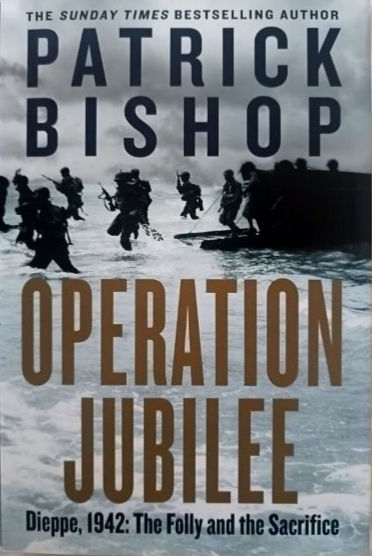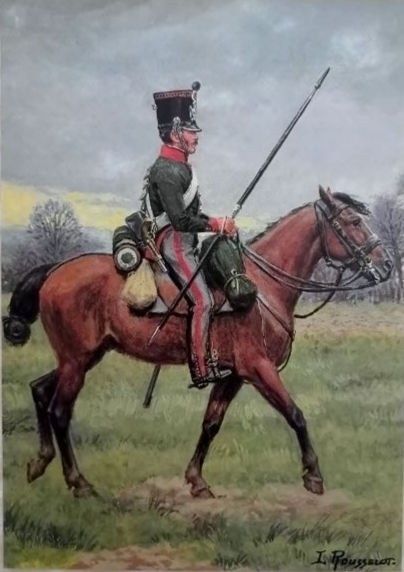The Weapons Of War: Tanks At War (2000) DVD
Adolf Hitler's trail to glory was blazed by Panzers: in Poland, Western Europe, North Africa and Russia. They repeatedly overcame enormous odds by combining radio communications, tanks and Stuka dive-bombers to wage the Blitzkrieg-lightning war. Using such revolutionary tactics, commanders like Erwin Rommel rewrote the rules of tank warfare. But Rommel's reverse at El Alamein was the first indication that the tide was turning, and on the Eastern Front the German defeat at Kursk was to confirm it. The Nazi-armoured advance had seemed unstoppable: would Hitler succeed where Napoleon himself had failed? The Panzer was a potent symbol of German invincibility, but it was tactics, not technology, that brought success. In mounting Operation Citadel against Kursk, Hitler set up the greatest tank battle in history. He needed an unqualified triumph "to shine like a beacon" and avenge the humiliation of Stalingrad. But he had reckoned without the Soviet T-34, built in half the time of a Panzer and easier to maintain in inhospitable conditions. The German pincer movement was finally mounted in early June 1943, but after a week both Northern and Southern armies were at a standstill. Soviet Packfront tactics - rockets and artillery, backed by tanks and infantry - proved a costly but effective answer to Blitzkrieg. The world's biggest ever tank battle at Prokhorovka saw 1,500 tanks on the battlefield - but as the dust settled, it was the Germans who licked their wounds. The action ground on for 20 more weeks - but Citadel was doomed, and with it, Hitler's chances of remaining in Russia. Russia was the anvil on which the war machine was broken and the Panzers had finally lost their myth of invincibility.
The Weapons Of War: Tanks At War (2000) DVD
The Weapons Of War: Tanks At War



























